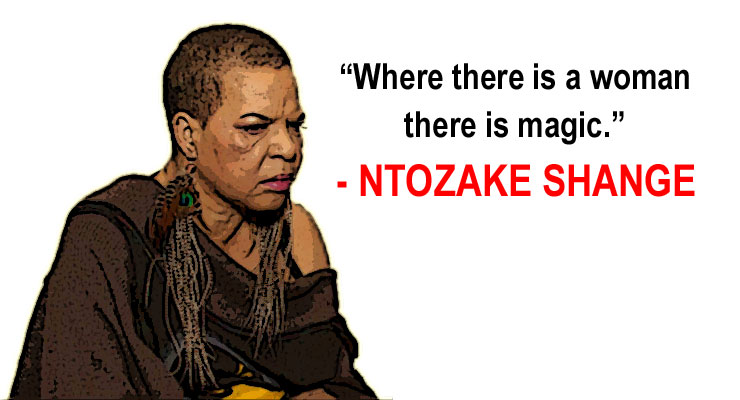 The call for women in government has been heard in several African states. However, more still needs to be done to ensure more gender parity in cabinets across Africa. This article by Gretchen Bauer and Akosua Darkwah is published by Democracy in Africa. Here is an excerpt:
The call for women in government has been heard in several African states. However, more still needs to be done to ensure more gender parity in cabinets across Africa. This article by Gretchen Bauer and Akosua Darkwah is published by Democracy in Africa. Here is an excerpt:
For the last decade or so, more and more governments have moved in the direction of gender parity cabinets – the appointment of an equal number of women and men ministers to cabinet. In early 2021, according to the InterParliamentary Union, about a dozen countries had 50 percent women or more in ‘ministerial positions,’ including two African countries – Rwanda and Guinea Bissau – with South Africa, Mozambique, Ethiopia, and Namibia following closely behind with 40 percent women or more.
Some scholars have identified an emerging gendered-balanced decision-making (GBDM) norm as an explanation for this turn to more women in cabinets or, maybe it is just time, as Canadian Prime Minister Justin Trudeau observed when asked why he first appointed a gender parity (and more diverse) cabinet – ‘because it is 2015.’ In the USA, President Joe Biden, who pledged to appoint a cabinet that ‘looked like America’ in 2021, has come the closest yet to a gender parity cabinet (46 percent women).
While across the world efforts to bring more women into politics have largely focused on national legislatures with the widespread adoption of electoral gender quotas, gaining access to executive rather than legislative office is a very different matter given that ministerial posts are appointed rather than elected. Just as understanding electoral and voting systems is imperative to apprehending women’s access to legislatures, so too is it necessary to understand appointment processes to cabinet to appreciate women’s access to the executive.
Continue reading here.
Leave a Reply